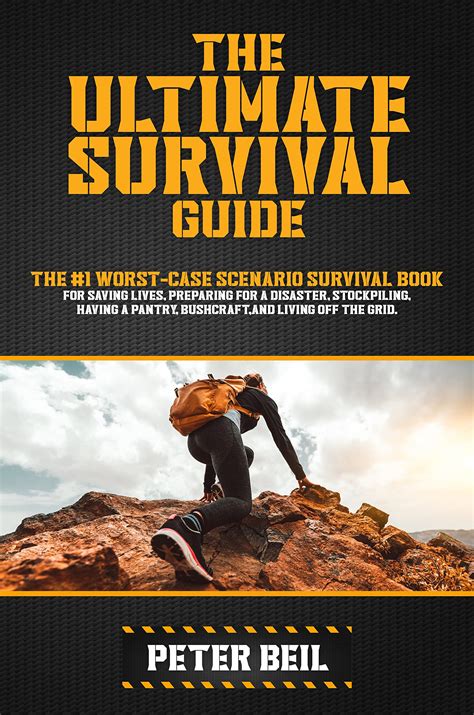The Ultimate Survival Guide: Saving Lives
Saving a life can be incredibly rewarding, but it requires knowledge, skill, and quick thinking. This ultimate survival guide covers crucial first aid techniques, emergency preparedness, and essential survival skills, empowering you to act decisively in life-threatening situations. Whether facing a natural disaster, a medical emergency, or a wilderness mishap, this guide equips you with the knowledge to make a difference.
Understanding Emergency Situations
Before diving into specific techniques, understanding the dynamics of emergencies is crucial. Effective response hinges on accurate assessment, prioritizing immediate threats, and acting calmly under pressure. This involves quickly evaluating the scene for safety hazards, identifying the nature of the emergency, and assessing the victim's condition.
What are the common types of emergencies that require immediate action?
This question encompasses a broad range, from minor injuries like cuts and scrapes to severe trauma involving broken bones, loss of consciousness, or severe bleeding. It also includes life-threatening situations such as cardiac arrest, choking, severe allergic reactions (anaphylaxis), and drowning. Natural disasters like earthquakes, floods, and wildfires also present unique survival challenges, demanding a different set of preparedness and response skills. Finally, exposure to extreme weather conditions (hypothermia and hyperthermia) requires prompt and decisive action.
How can I stay calm and focused during an emergency?
Maintaining composure is paramount. Deep breaths can help regulate your heart rate and reduce panic. Prioritize your safety and the victim's safety. A methodical approach, focusing on one step at a time, prevents being overwhelmed. If possible, delegate tasks to others if bystanders are available. Remember, clear thinking is your most valuable asset.
Essential First Aid Techniques
Mastering basic first aid is fundamental to saving lives. The following techniques are crucial:
Controlling Bleeding:
Severe bleeding necessitates immediate action. Apply direct pressure to the wound using a clean cloth, elevating the injured limb if possible. If bleeding continues through the cloth, add more layers on top, without removing the initial dressing. Seek immediate medical attention.
Cardiopulmonary Resuscitation (CPR):
CPR is a life-saving technique for individuals experiencing cardiac arrest. Proper training is essential, as incorrect techniques can be harmful. Remember the ABCs: Airway, Breathing, and Circulation. Chest compressions should be performed with adequate depth and rate.
Treating Choking:
The Heimlich maneuver is used to dislodge an object blocking a person's airway. Abdominal thrusts are administered until the object is expelled or professional help arrives.
Managing Shock:
Shock is a life-threatening condition resulting from inadequate blood flow to vital organs. Keep the victim warm, elevate their legs (if no spinal injury is suspected), and monitor their vital signs.
Emergency Preparedness
Proactive measures significantly enhance survival chances.
Building an Emergency Kit:
Assemble a comprehensive kit containing essential supplies such as water, non-perishable food, first-aid supplies, a flashlight, a radio, extra batteries, and a whistle. Consider adding blankets, a multi-tool, and any medications you regularly take.
Developing an Emergency Plan:
Create a family emergency plan, identifying meeting points and communication strategies. Regularly practice your plan to ensure everyone knows what to do in an emergency.
Recognizing and Responding to Natural Disasters:
Understanding local risks and having an evacuation plan for natural disasters is crucial. Stay informed about weather alerts and follow official instructions.
Beyond the Basics: Wilderness Survival
For situations involving wilderness survival, the following skills are critical:
Finding and Purifying Water:
Access to clean water is paramount. Learn how to identify safe water sources and purify water using methods such as boiling or water purification tablets.
Building a Shelter:
Protection from the elements is essential. Learn to construct a basic shelter using natural materials.
Signaling for Help:
Knowing how to signal for help using mirrors, fires, or other means is crucial for survival.
This ultimate survival guide provides a foundation for saving lives. Remember, continuous learning and practice are essential. Consider taking first aid and CPR courses, and regularly review your emergency preparedness plan. Being prepared empowers you to make a difference in a crisis.

